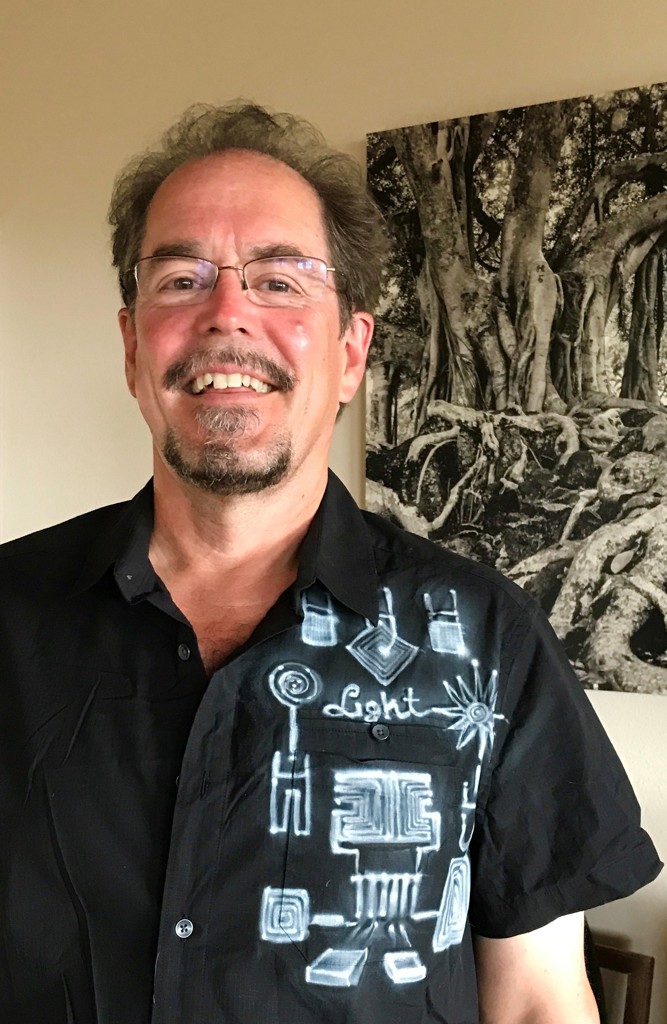Events
Developing Requirements for Scientific Instrumentation
23 February 2021
Eastern Time (US & Canada) (UTC -05:00)
The benefits of systems engineering are widely promoted with varying degrees of understanding. This webinar is based on many years of experience designing and building complex systems incorporating all of the engineering disciplines (optics, mechanics, electronics, and software). For me, understanding and using systems engineering has been a natural approach driven by my instincts (even before it was a newfound contemporary “thing”). Systems engineering is about balance and perspective. The word “system” conveys the inherently multidisciplinary nature of the work. The engineering work is fundamentally to hold a perspective that makes sure nothing is overlooked that could affect the outcome and to make sure that the best balance is achieved between all of the competing needs and wants that drive the creation of the system in the first place. Systems engineering starts with requirements, and then systems engineering follows on to serve and protect the requirements by constantly evaluating error budgets and the compliance of the system with the requirements as the system is designed and built. In this webinar you will learn by example: - How to approach the development of requirements that satisfies your stakeholders - How to use one sentence definitions to clarify ideas and gain consensus - How to define and manage expectations - How to gain and confirm requirements “completeness”.
About Our Speaker: Sean M. Adkins
 Sean Adkins is the owner of Wave2 Enterprises, providing consulting and system design services for electro-optical, optical, and electronic systems and instrumentation for astronomy and other fields. Every step in his career has had something to do with light and optics, although he works in mechanics, electronics, and software as well. He has 18 years of experience in the development of astronomical instrumentation, and before that 22 years in industrial high technology research and development. He has led multidisciplinary teams involving optics, mechanics, electronics, and software and he has been the author or co-author of numerous successful funding proposals to private foundations and federal agencies. He is the inventor or co-inventor of 18 patents issued or applied for, primarily for innovations in the field of image projection systems, 3D photography and image processing.
Sean Adkins is the owner of Wave2 Enterprises, providing consulting and system design services for electro-optical, optical, and electronic systems and instrumentation for astronomy and other fields. Every step in his career has had something to do with light and optics, although he works in mechanics, electronics, and software as well. He has 18 years of experience in the development of astronomical instrumentation, and before that 22 years in industrial high technology research and development. He has led multidisciplinary teams involving optics, mechanics, electronics, and software and he has been the author or co-author of numerous successful funding proposals to private foundations and federal agencies. He is the inventor or co-inventor of 18 patents issued or applied for, primarily for innovations in the field of image projection systems, 3D photography and image processing.
